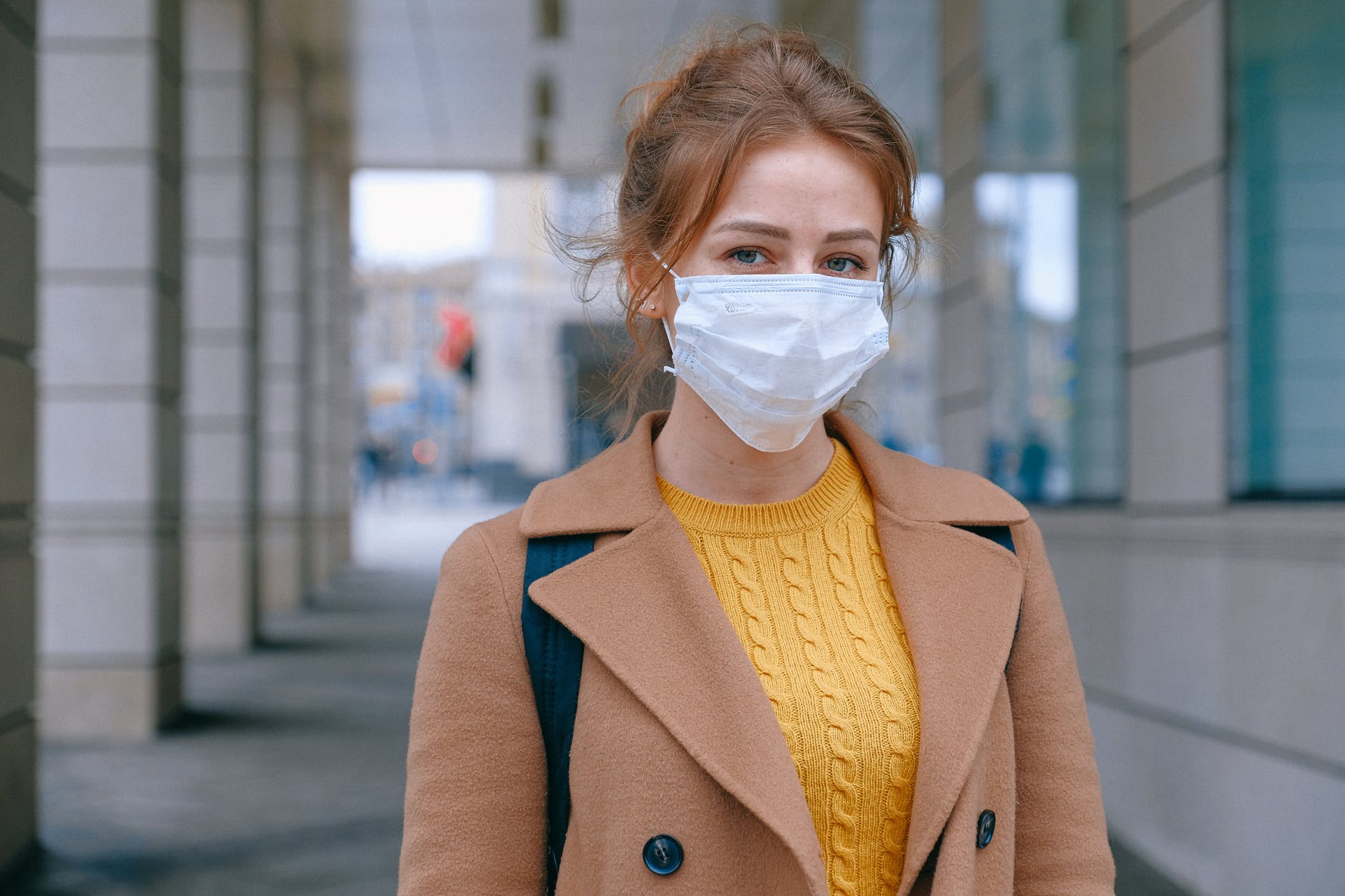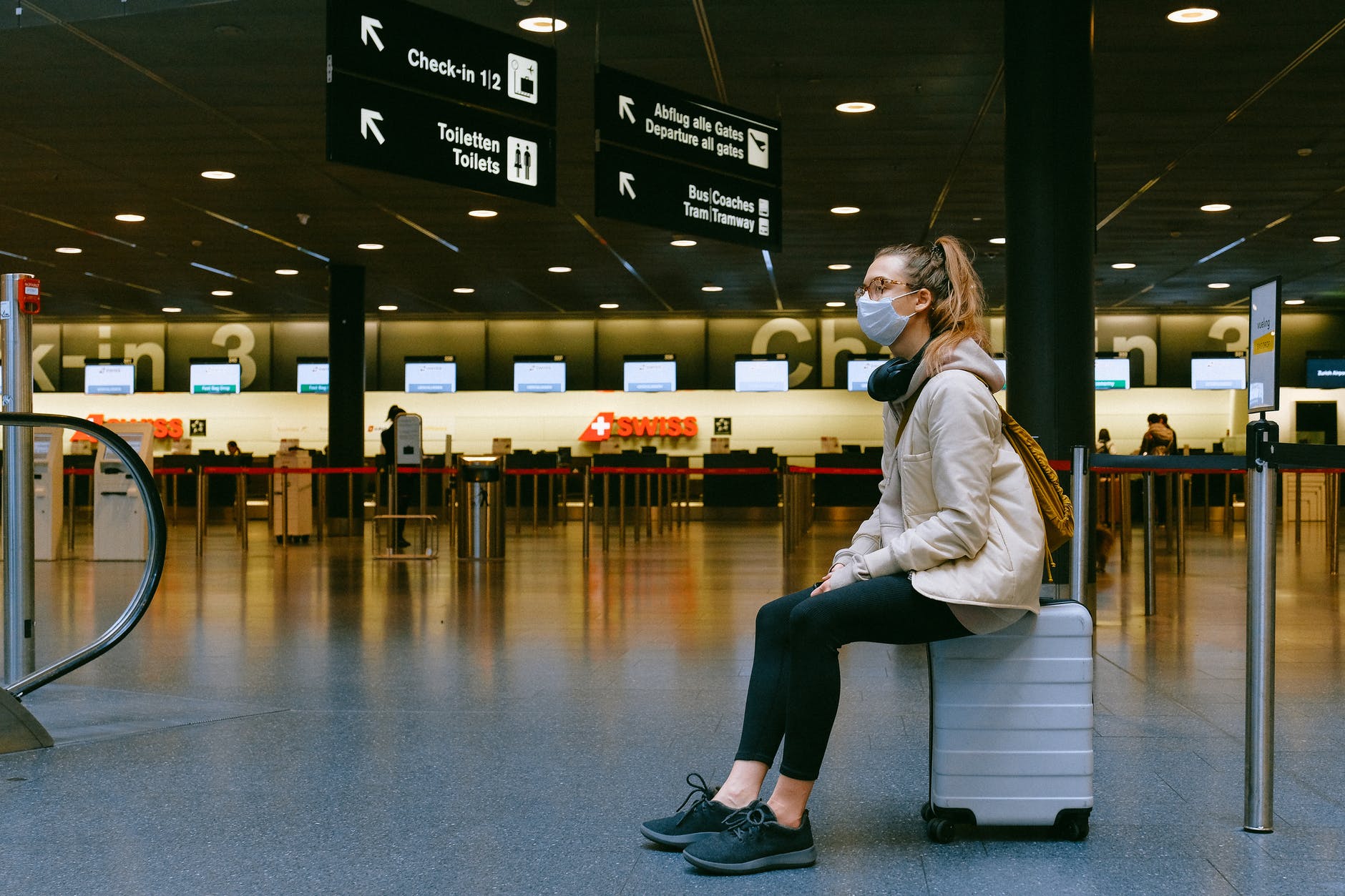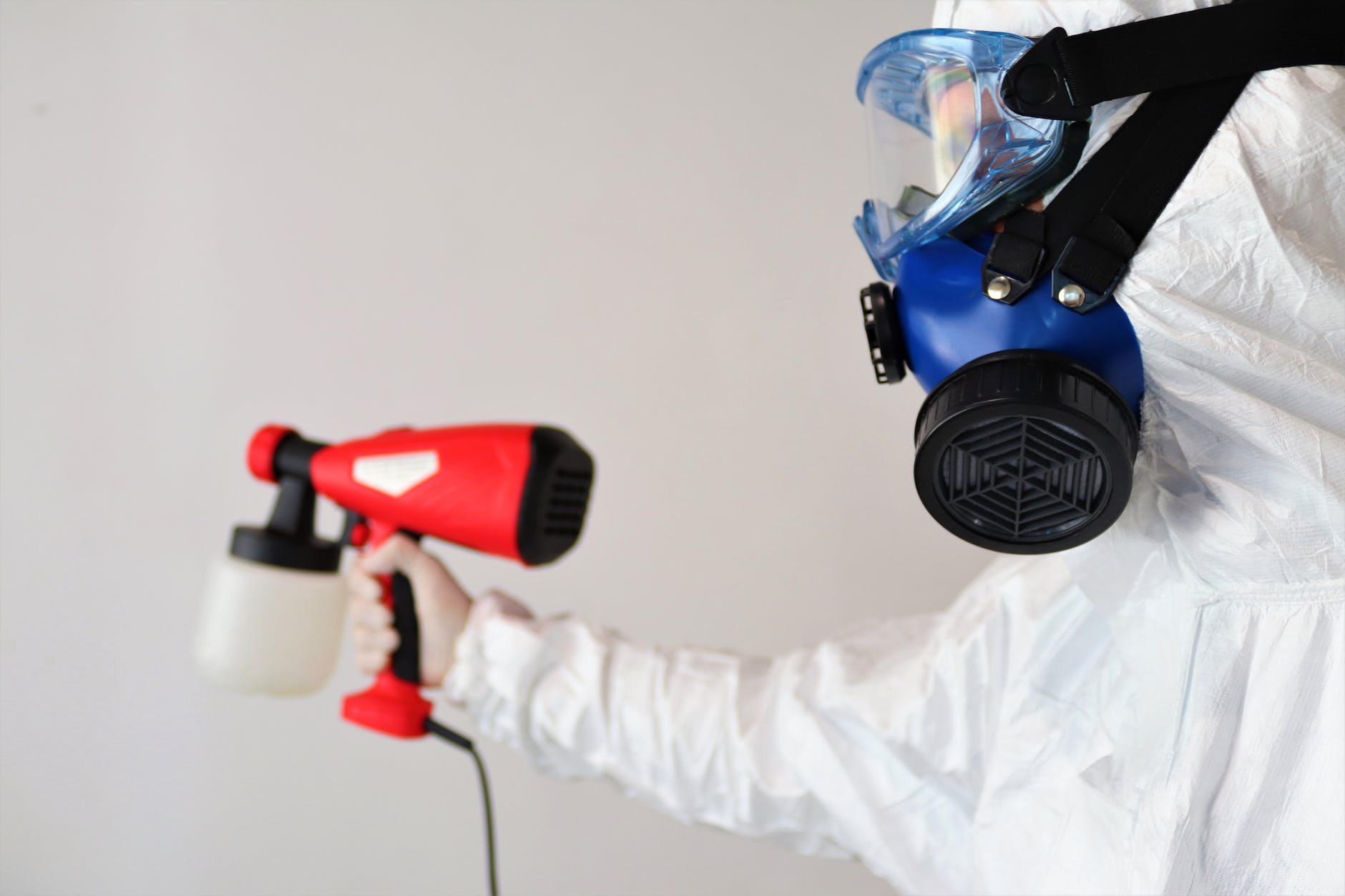The US Centers for Disease Control and Prevention has added one new place to its “high” category for Covid-19 risk: a laid-back Caribbean getaway.
On Monday, the British Virgin Islands (BVI) were promoted to Level 3 from Level 2.
The Virgin Gorda Baths (a bay strewn with enormous granite rocks) are famous, as are water activities like diving and sailing, and a slower pace than some of the Caribbean’s hot areas.
The rapid fluctuations in status that characterised this past winter and early spring during the first Omicron variant outbreak were absent from this week’s CDC travel risk bulletin.
The Centers for Disease Control and Prevention has updated their Covid-19 risk rating system for travellers.
The Level 3 “high” risk category has risen to the top of the risk ladder. Level 2 represents “moderate” risk, whereas Level 1 represents “low” risk.
Level 4, historically the highest risk category, is now only used in exceptional circumstances, such as exceptionally high case counts, the appearance of a novel variety of concern, or the collapse of the health-care system. So yet, no locations have been assigned to Level 4 under the new approach.
Level 3
Despite the fact that Amsterdam has urban bikes and canals, the Netherlands is still considered a “high” risk for Covid-19.
The “Level 3: Covid-19 High” category in the CDC’s new approach refers to nations with more than 100 cases per 100,000 population in the previous 28 days.
With the summer travel season approaching, much of Europe is still stuck there. Some major European destinations remained at Level 3 as of May 9:

• France
• Germany
• Greece
• Ireland
• Italy
• The Netherlands
• Portugal
• Spain
• United Kingdom
It isn’t just European favourites who have reached Level 3. Other major tourist destinations throughout the world are still considered high-risk:
• Brazil
• Canada
• Costa Rica
• Malaysia
• South Korea
• Thailand
Level 2

In the last 28 days, destinations with the “Level 2: Covid-19 Moderate” rating reported 50 to 100 Covid-19 incidences per 100,000 people. On Monday, seven sites from around the world were elevated to this level:
• The Bahamas
• Fiji
• Jordan
• Mongolia
• Namibia
• Paraguay
• St. Vincent and the Grenadines
The Bahamas, Namibia, and St. Vincent and the Grenadines, who had previously been at Level 1, took a step back with the shift to Level 2.
However, the adjustment was excellent news for tourism-dependent Fiji, as well as Jordan and Mongolia, who had previously been at Level 3. Earlier, Paraguay was “unknown.” Level 2 presently has about 25 spots.
The CDC’s risk levels for every global destination are available on the agency’s travel advice page.
The CDC recommends avoiding any overseas travel until you are completely immunised in its broader travel advice.
Check here if you have a health problem that isn’t linked to Covid-19.
Level 1

La Paz’s Plaza Murillo and the Bolivian Palace of Government. Bolivia was upgraded to Level 1 status on Monday.
A place must have 49 or fewer new cases per 100,000 population in the last 28 days to be classified as “Level 1: Covid-19 Low.” On May 9, two landlocked places were added to the category:
• Bolivia
• Kosovo
Bolivia in South America had been at Level 2, whereas Kosovo in Europe’s Balkans had plummeted all the way from Level 3, making it the week’s greatest mover.
This class is dominated by African locations such as Ghana, Kenya, and Rwanda. This week, Level 1 received more than 50 entries.
Unknown
Finally, certain locations are classified as “unknown” by the CDC due to a lack of information. These are usually, but not always, tiny, rural areas or areas where there is persistent fighting or turmoil. On Monday, only Angola was added to this group.
The CDC warns avoiding visiting these locations because the dangers are unclear. The Azores, Cambodia, and Tanzania are among popular tourist destinations in this category.
A medical professional comments in on risk levels
According to CNN Medical Analyst Dr. Leana Wen, transmission rates are only “one guidepost” for visitors’ personal risk estimations.
We’ve entered “a phase in the pandemic where people need to make their own decisions based on their medical circumstances as well as their risk tolerance when it comes to contracting Covid-19,” according to Wen, an emergency physician and professor of health policies and strategy at George Washington University’s Milken Institute School of Public Health.
According to Wen, there are additional aspects to consider in addition to transmission rates.
“Another is what measures are necessary and taken at the location that you’re travelling to, and the third is what you intend to do while there.”
Do you intend to visit many sights and indoor bars? That is not the same as going somewhere where you want to lie on the beach all day and not engage with anybody else. That’s quite different. Those are two very different levels of danger.”
Vaccination is the most important travel safety element, according to Wen, because unvaccinated passengers are more likely to fall ill and spread Covid-19 to others.
It’s also crucial to contemplate what you’d do if you tested positive while away from home. Where will you stay, and how easy will it be to obtain a test to allow you to return home?

